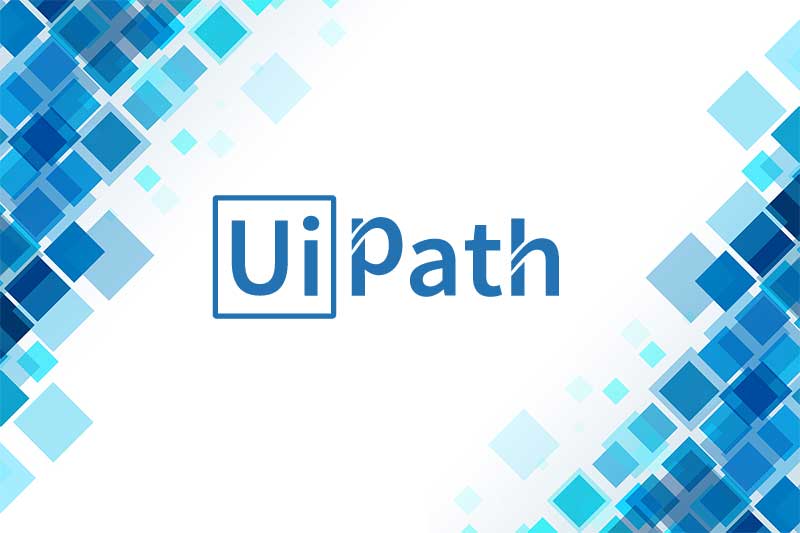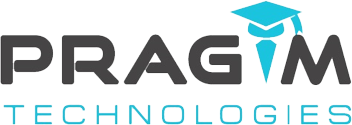UI Path

Introduction to RPA
- 1. What is Repetitive Task/Process
- 2. What is Automation
- 3. What is Robotics/Robot
- 4. What is RPA
- 5. Reason to use/Benefits of RPA/Future
- 6. RPA Tools in market
- 7. Technologies that support to improve RPA
Introduction to UI Path
- 1. why UI Path?
- 2. What is UI Path Studio?
- 3. What is UI Path Robot?
- 4. What is Orchestrator?
- 5. Key features in UI Path (Assets/Queues/Usage of Queues/Provision Robot)
UI Path Course
Overview of UiPath
- 1. Goal: In this module, you will learn about UiPath and its basic concepts
- 2. Objectives: After completing this module, you should be able to:
- a. Understand what is UiPath and its platform components
- i. Install UiPath Community Edition Software
- ii. Get an overview on the types of Projects in UiPath
- iii. Understand UiPath User Interface
- iv. Know different Automation Activity Packages
- v. Work with workflow activities
- a. Understand what is UiPath and its platform components
- 3. Topics
- a. Introduction to UiPath
- i. Types of Projects
- Blank
- Simple Process
- Agent Process Improvement
- Transactional Business Processes
- ii. User Interface
- Ribbon
- Activity Panel
- Properties Panel
- Configuration Panel
- Output Terminal
- i. Types of Projects
- b. Domains in Activities
- i. UI Automation
- User Events
- Orchestrator
- App Integration
- System
- Programming
- Workflow
- i. UI Automation
- a. Introduction to UiPath
Workflow Files in UiPath
- 1. Sequence
- a. Flowchart
- b. State Machine
Hands-on/Demo/Use-case:
- 1. Setup and Configure UiPath Studio
- a. Demo on how to use some of the key activities in UiPath
- b. Use Case for building a solution workflow
- c. Use Case for building a vending machine functional workflow (state machine)
UI Automation and System Activities
- 6. Goal: In this module, you will learn about UI Automation, System Activities, Properties, Variables, Output, Arguments, Imports and their usage
- 7. Objectives:
- 8. After completing this module, you should be able to:
- a. Know what UI Automation is
- Understand different System Activities
- Configure Properties of Automated Tasks
- Know about the Variables
- View Output in UiPath
- Understand Arguments
- Import Packages for a Custom Use Case
- a. Know what UI Automation is
- 9. Topics:
- a. UI Automation
- Element
- Text
- OCR
- Image
- Browser
- Window
- b. System
- File
- Clipboard
- Application
- Environment
- PowerShell
- Dialog
- c. Properties
- d. Variables
- Managing Variables
- Naming Best Practices
- The Variables Panel
- Types of Variables
- e. Output
- f. Arguments
- Managing Arguments
- Naming Best Practices
- The Arguments Panel
- Using Arguments
- g. Import
- About Imported Name spaces
- Importing New Name spaces
- a. UI Automation
Hands-on/Demo/Use-case
- a. Implement Text and Image Automation using UI Automation and OCR
- Working with key UI Automation and System Activities
- Set Properties for Activities
- Using Variables and Arguments
- Importing Name spaces
- Use Case for building and leveraging a reusable work flow
- Use Case for Text and Image Automation
- 2. Export and Import
11. User Events, Recorder and Scraping
- 12. Goal: In this module, you will learn about User Events, Recorder and different Scraping Methods.
- 13. Recorder helps us to record the sequence of the task that we need to automate. Scraping enables us to extract data from our browser, application or document to a database,.csv file or even Excel spreadsheet
- 14. Objectives: After completing this module, you should be able to:
- a. Understand User Events
- b. Perform App Integration
- c. Automate using Recorder in UiPath
- d. Perform Scraping
- e. Understand Selectors
- 15. Topics:
- a. User Events
- Element Trigger
- Image Trigger
- System Trigger
- b. App Integration
- Excel
- CSV
- Mail Automation
- c. Recorder
- Introduction to Recorder
- Recording Types
- Automatic Recording and Manual Recording
- Example of Automatic Recording with Basic and Desktop
- Example of Automatic Recording with Web
- Manual Recording
- d. Scraping
- Screen Scraping
- Data Scraping
- e. Selector
- About Selectors
- Selectors with Wild cards
- Full versus Partial Selectors
- UiPath Explorer
- f. Hands-on/Demo/Use-case:
- Managing User Events
- Automating Excel
- Automate Data from Mail
- Using Recorder
- Scraping data from Screen
- Scraping data from Web
- Using Selectors
- Use Case for Data Scraping from web
- Use Case for working with data from Excel
- a. User Events
Work flow and Data Manipulation
- 1. Objectives: After completing this module, you should be able to:
- a. Understand Work flow
- Understand Orchestrator
- Perform Data Manipulation
- Perform PDF Automation
- a. Understand Work flow
- 2. Topics:
- a. Work flow
- Control Flow
- Flowcharts
- State Machine
- Checkpoint
- Invoke
- b. Orchestrator
- Queues
- Assets
- Process
- c. Citrix Automation
- Introduction to Citrix Automation
- Automating Virtual Environments using Citrix
- Automating Text and Image in the Virtual Environment
- Image to Text Conversion in Virtual Environment
- d. Data Manipulation
- e. PDF Automation
- PDF Data Extraction and Automation
- f. Hands-on/Demo/Use-case:
- Designing Workflow
- Using Citrix Automation
- Data Manipulation
- Data Extraction using PDF
- a. Work flow
Programming and Troubleshooting
Goal: this module, you will learn about Programming in UiPath, organizing projects, debugging projects and handling exceptions Objectives: After completing this module, you should be able to:
- 1. Understand Programming Activity
- 2. Understand Project Organization
- 3. Perform Error Handling
- 4. Topics:
- a. Programming
- Collection
- String
- Data Table
- Debug
- Execute
- GenricValue
- b. Project Organization
- Extract as Work flow
- Workspace overview
- How to model a complex automation process
- c. Error Handling
- Rethrow
- Terminate Work flow
- Throw
- Try Catch
- a. Programming
Hands-on/Demo/Use-case:
- 1. Using Programming Activity in UiPath
- 2. Automation using Data Tables
- 3. Organizing Complex Projects
- 4. Different ways of Error Handling
- 5. Use Case for manipulating data through collections and data tables
